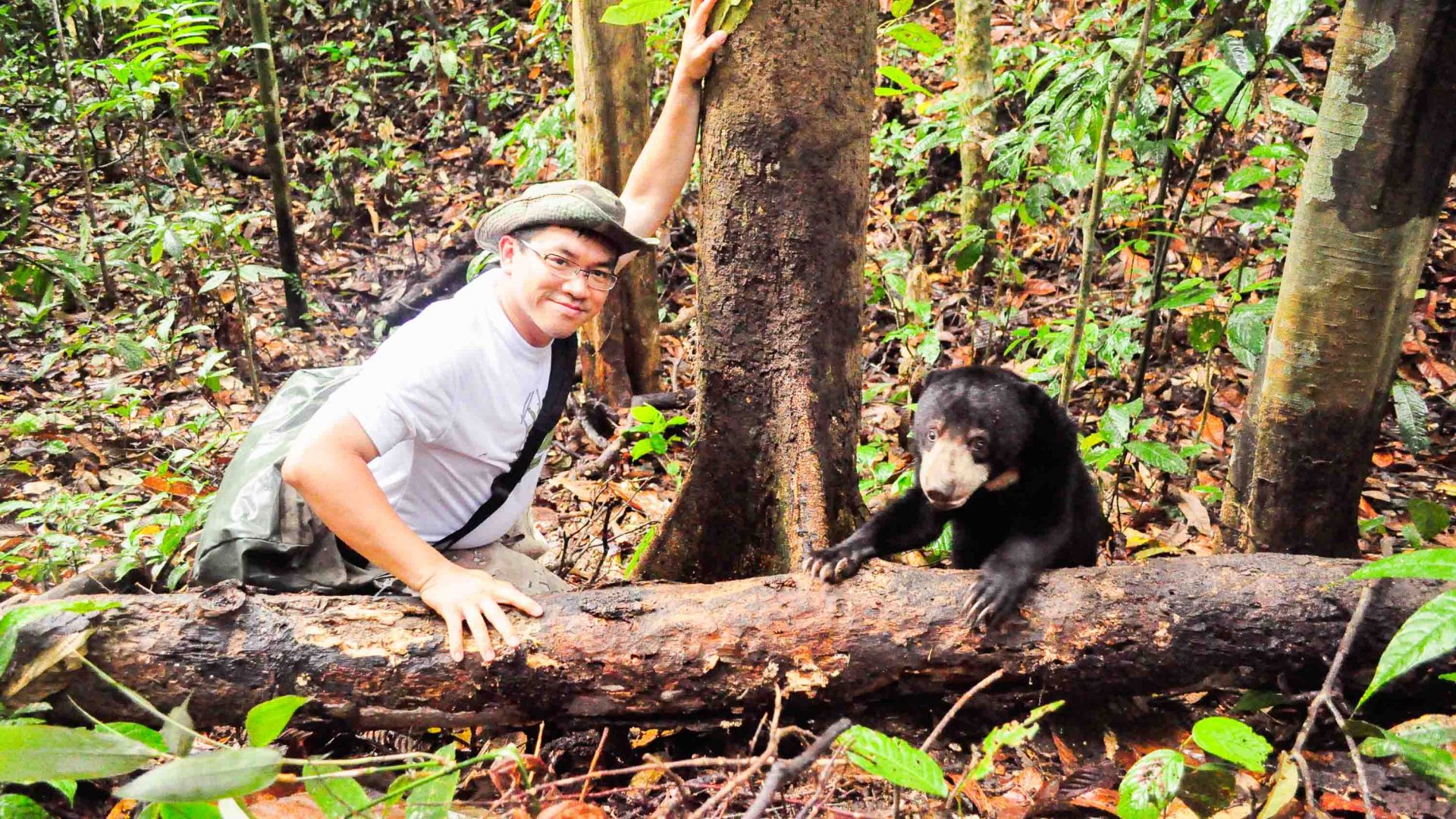
Poaching, habitat loss and illegal pet trading have placed the sun bear in the ‘vulnerable’ category. But in Malaysian Borneo, Dr Wong Siew Te has been working tirelessly to save the world’s smallest bear at his Bornean Sun Bear Conservation Center.

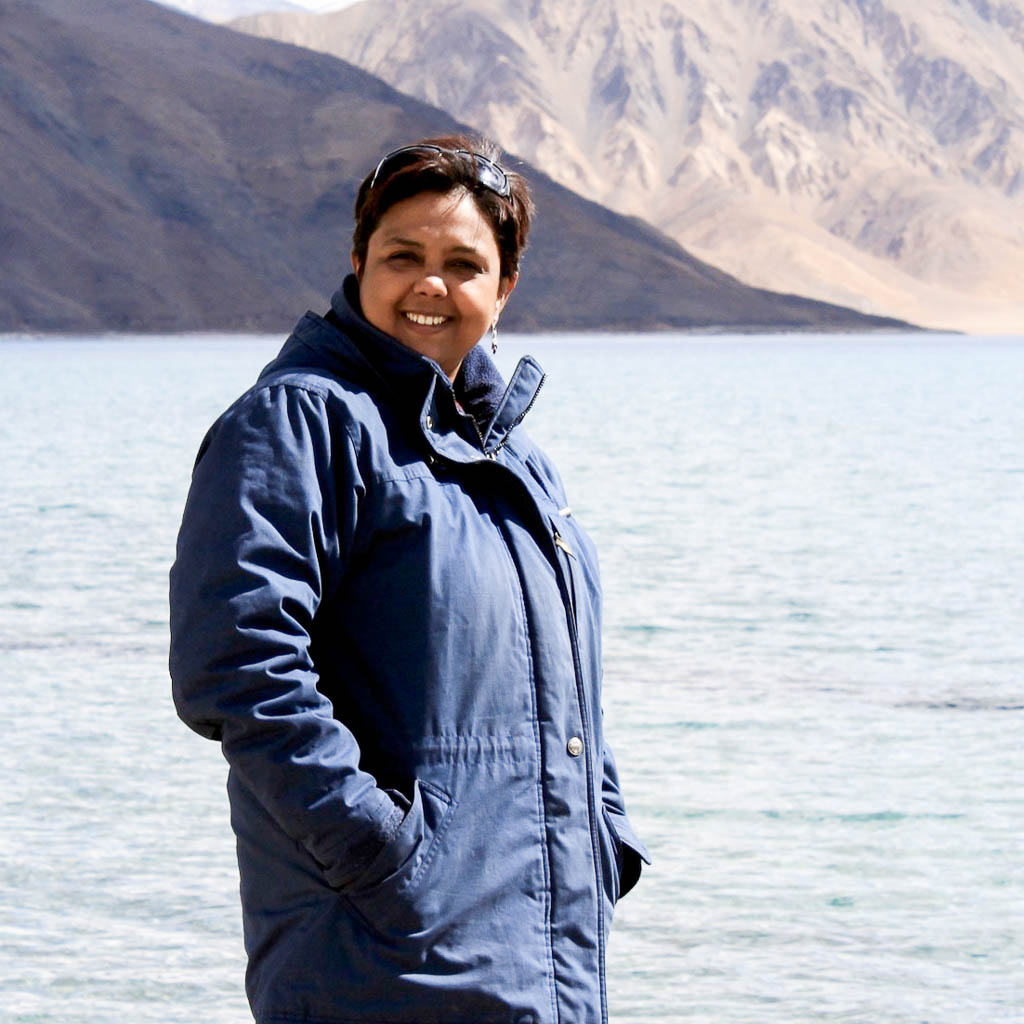
Poaching, habitat loss and illegal pet trading have placed the sun bear in the ‘vulnerable’ category. But in Malaysian Borneo, Dr Wong Siew Te has been working tirelessly to save the world’s smallest bear at his Bornean Sun Bear Conservation Center.
When Fulung first opened his eyes as a baby, he saw only humans all around him: The humans who’d taken him from the forest to be their house pet. A few months later, it was humans who rescued him and brought him to the Borneo Sun Bear Conservation Centre (BSBCC).
The sun bear (Helarctos malayanus) is only found in some parts of Southeast Asia, and is the smallest bear species in the world—the ones I saw ambling around at the center were no larger than Labradors.
“Initially, Fulung did not even know that he was a bear, and behaved like a human baby,” says Dr. Wong Siew Te, known locally as ‘Papa Bear’, and founder of the BSBCC. He tells me that when Fulung was left alone, he’d cry until someone gave him attention. It turned out Fulong had realized that re-opening an old stomach wound would bring the vet to his side. “So, he kept clawing at that wound repeatedly, just to have a human take care of him.”
Now 12 years old, Fulung is well-adjusted and one of the most popular bears at the BSBCC. But it’s been a long journey for him, and for the other 44 sun bears who call this place home—a journey that Dr Wong has been an integral part of.
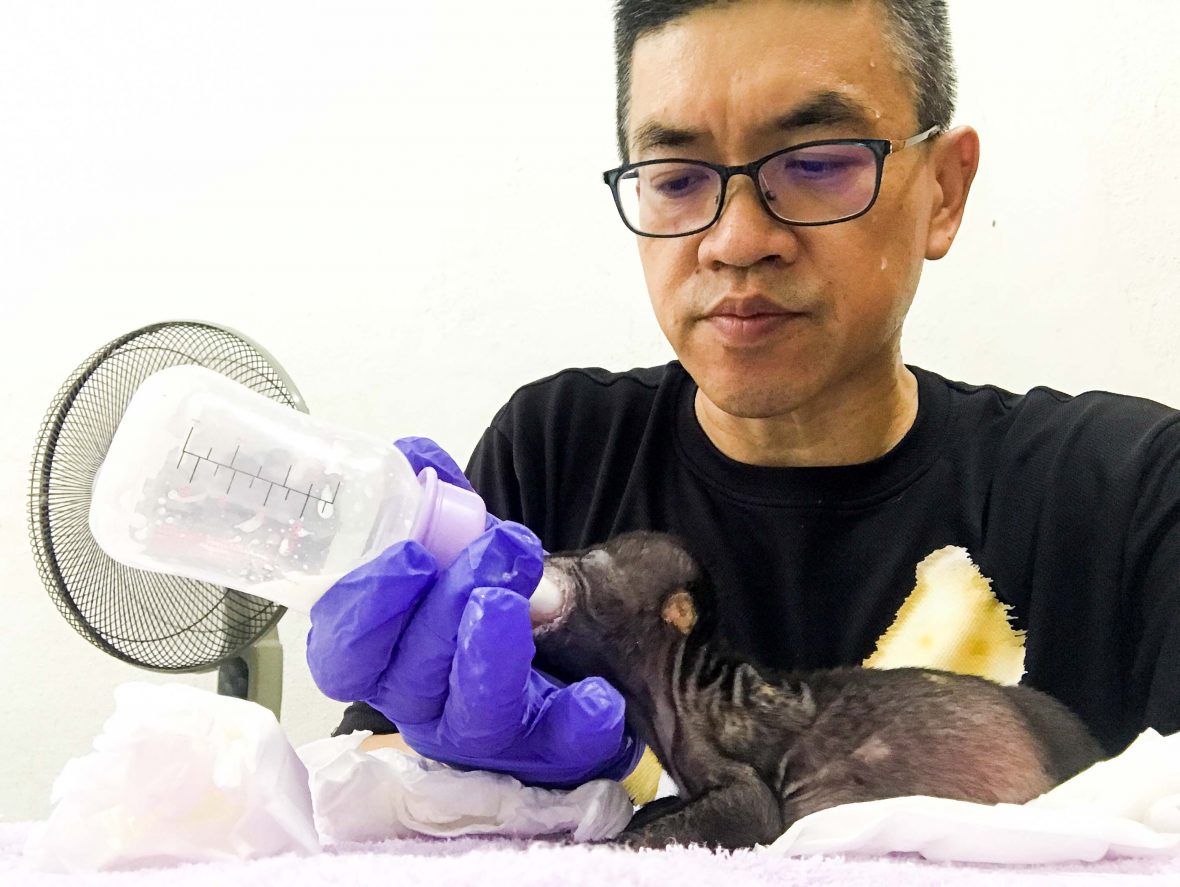
Like many other animals in this region, such as orangutans, pygmy elephants and proboscis monkeys, the sun bear faces several threats. Key ones are loss of habitat (here’s looking at you, palm oil plantations), unchecked poaching for their meat and use in traditional medicine, or to cater to the illegal pet trade.
Spread over five hectares, partly located within the government forest reserve, the BSBCC is a semi-wild area on the fringes of lush rainforest in Sepilok in the Malaysian Borneo state of Sabah. It was created in 2008 as a place to rehabilitate sun bears rescued from captivity, and the center opened to the public in 2014. The bears are allowed to roam free within the premises, with curious visitors watching them from platforms high above the ground.
Given that these animals are rarely spotted even in the forests, most people are not even aware of their existence. That’s why the sun bear is one of the least known, least studied, and therefore least understood bears—and Dr Wong has made it his life mission to rectify this.
But Dr. Wong has been researching them for much longer, since his days as a wildlife biology student in Montana in the late 1990s. When a professor asked if any students were interested in researching sun bears back in Malaysia, he put his hand up—and he’s not put it down since.
He started his fieldwork in the dense Danum Valley Conservation Area in the heart of Sabah, when he first saw these elusive animals in the wild. And that was enough to make this mainland Malaysian eventually move to the Bornean island to continue his work.
But why the focus on sun bears? This question unleashes a passionate and lengthy reply from Dr. Wong.
He explains sun bears play several important roles in the wild. Among them are seed dispersal, termite and pest control, preparing the soil (as they dig for earthworms) for seedlings to germinate, and excavating tree trunks (in search of honey from stingless bees) to creating hollow spaces for hornbills and flying squirrels to make their nests. “They do the work of forest doctors, forest engineers and forest farmers,” he adds.
“They are magnificent animals, but when they’re kept as pets in small cages, their dignity is destroyed, and their whole personality changes,” says Dr Wong. His team of 28 staff members and several volunteers work with the local wildlife and forestry department to rescue caged or orphaned sun bears. They either get tips from concerned locals, or occasionally an individual volunteering to surrender their pet. Law enforcement is weak in this region, he tells me, and those caught usually get away without any punishment.
Given that these animals are rarely spotted even in the forests—unlike say, orangutans and pygmy elephants which make an appearance for those patient enough to wait for them—most people are not even aware of their existence. That’s why the sun bear is one of the least known, least studied, and therefore least understood bears—and Dr Wong has made it his life mission to rectify this.
He tells me there isn’t even a definitive count of sun bears left in the wild: Most guesstimates place the number at less than 1,000. The ICUN (International Union for Conservation of Nature) red list classifies it as Vulnerable, as it faces a high risk of extinction in the wild.
Educating the local community, along with tourists who come from all around the world, is also one of the aims of the BSBCC. He believes that creating awareness and interest in the sun bear is one way to ensure that the conservation program keeps going.
The center also wants to create job opportunities for local villagers—at time of writing, there are 28 full-time staff members and five volunteers, mostly from the local community. “If they get a chance to become a research assistant or nature guide, why would they want to hunt or poach from the forest?” he asks.
“As a wildlife biologist, I want to see them all in the wild, not in any kind of captivity, not even in this center.”
- Dr. Wong Siew Te aka 'Papa Bear'
Sun bears get their name from their pale chest marking that’s said to resemble the rising sun. No two marks are the same, which is how Dr. Wong and his team manage to identify and attend to each of their wardsRescued bears also suffer from PTSD, otherwise known as post-traumatic stress disorder. Dr. Wong says bears often arrive at the center socially withdrawn or physically malnourished.
It takes the team several months of hard work to nurture the bears back, or as close as possible, to their usual self. Among the many lessons taught at the center are forest survival skills like foraging for food, building nests, climbing trees and making friends (as well as recognizing enemies—although Dr. Wong admits this is only a pipe dream, since “even humans often fail to recognize between good and bad people.”
To encourage learning, the living conditions within the center are designed to be close to their natural habitat, with termite mounds and broken logs, and plenty of positive reinforcement from the handlers, so the sun bears’ “their natural instincts kick in”. The ultimate aim is to release them back into the forest.
It’s interesting watching the bears’ learning process. For example, there’s no fixed time for meals at the BSBCC. This is so the bears don’t get used to being fed on schedule, and instead learn to forage on their own. As I watch from the viewing platform, a staff member, Ivan, walks in with a basket of fruit and vegetables. Dr. Wong joins him in handing out pieces across the fence of the bear enclosure. A couple of bears stop exploring tree bark and wander close to the fence; others follow.
As they stand up on their hind legs to catch their share of carrots and bananas, Dr. Wong takes a quick video selfie to go up on the BSBCC social media pages. Later, back up on the viewing platform, he responds patiently to questions from visitors, gentle but firm with particularly noisy children.
On any given day, he spends as much effort on the bears as on those who come to see them—and also finds time for feeding, training, outreach and fundraising. Funding mainly comes from government grants (the land is only leased by the BSBCC from the wildlife department), corporate sponsorship and visitor ticket fees, the latter affected due to the pandemic.
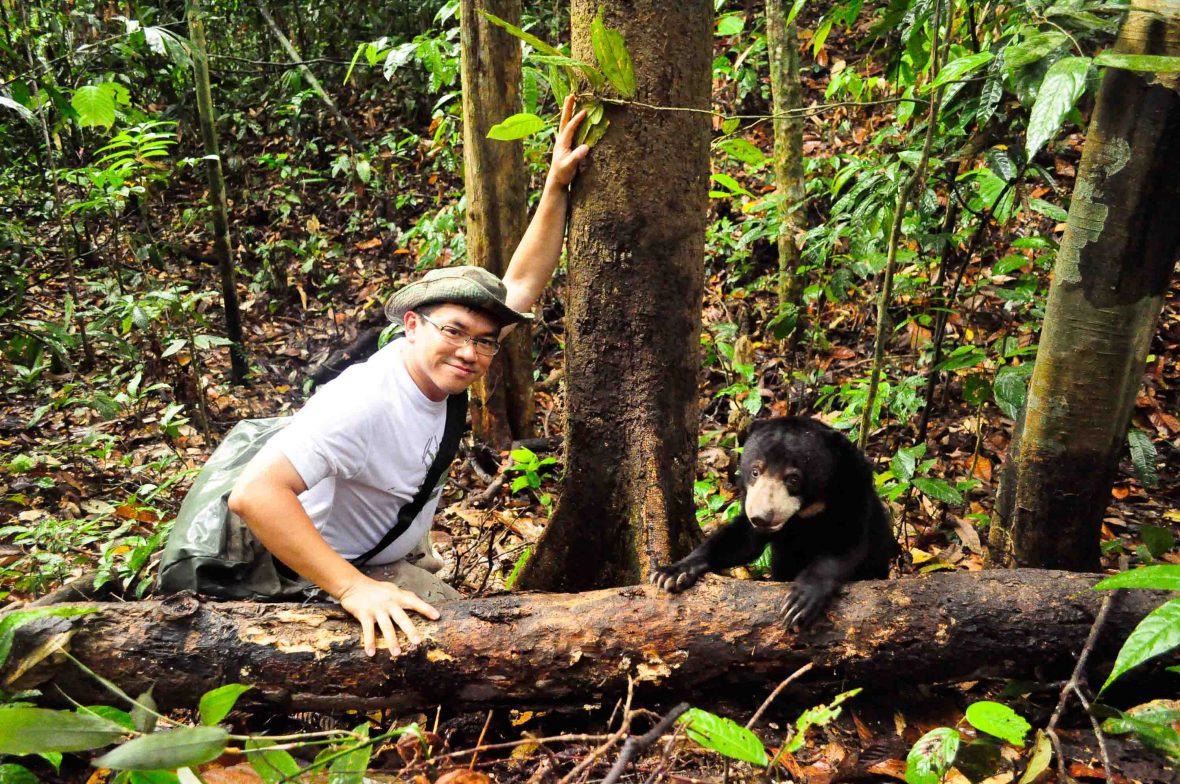
“As a wildlife biologist, I want to see them all in the wild, not in any kind of captivity, not even in this center,” says Dr. Wong.
That’s the ultimate double-edged sword though: Bears that grow up with humans around them don’t always quickly pick up skills needed to live in the wild. So far, 11 bears have been rewilded, but there is no way of ensuring their continued survival.
Above all else, Dr. Wong’s drive to protect the sun bear is because this mammal has been mostly ignored in the clamor for conservation. “My job is to take care of this forgotten species,” he says, “and I will keep doing it, because someone has to.”
***
Adventure.com strives to be a low-emissions publication, and we are working to reduce our carbon emissions where possible. Emissions generated by the movements of our staff and contributors are carbon offset through our parent company, Intrepid. You can visit our sustainability page and read our Contributor Impact Guidelines for more information. While we take our commitment to people and planet seriously, we acknowledge that we still have plenty of work to do, and we welcome all feedback and suggestions from our readers. You can contact us any time at hello@adventure.com. Please allow up to one week for a response.

Charukesi Ramadurai is a freelance journalist currently living in Kuala Lumpur. Her work has been published in a number of international publications, including The Guardian, BBC Travel, South China Morning Post and National Geographic Traveller. She has a keen interest in wildlife and conservation issues, and in stories at the intersection of humans and the natural world.
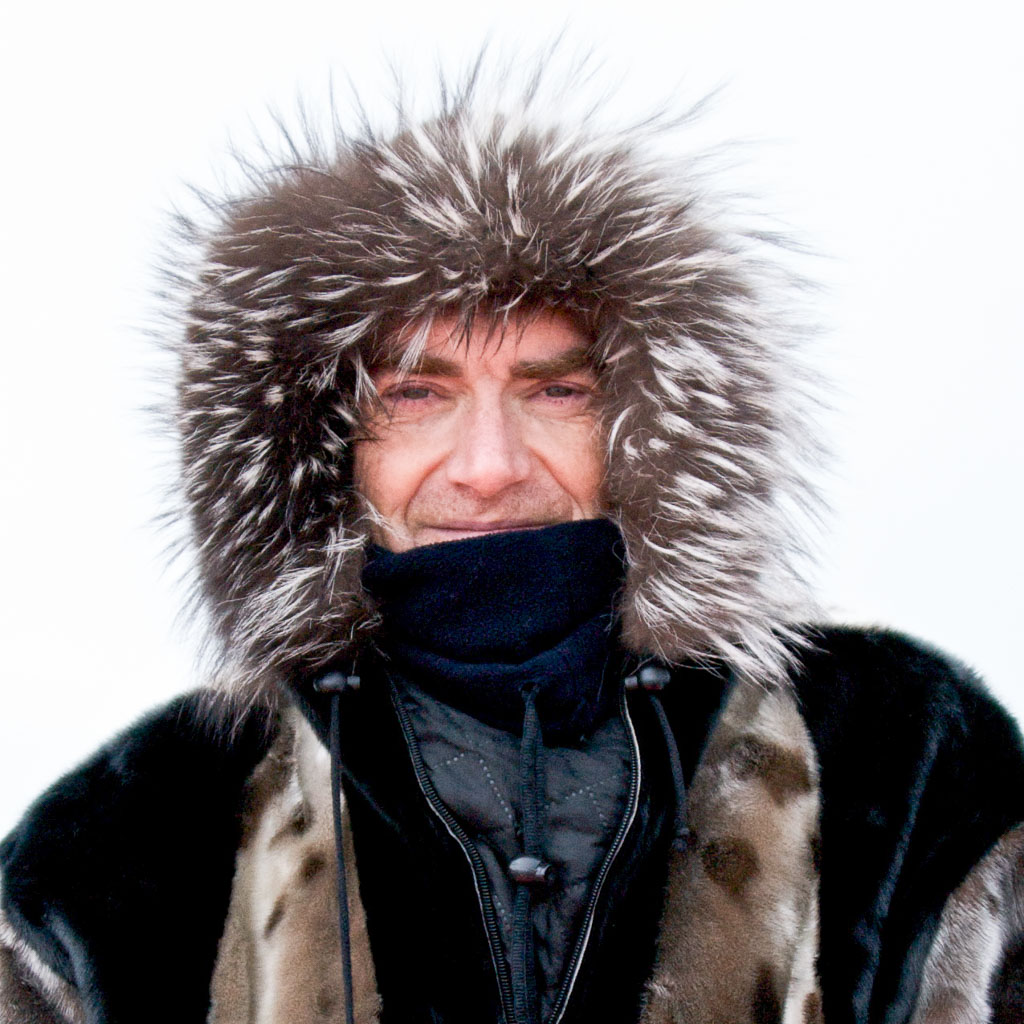



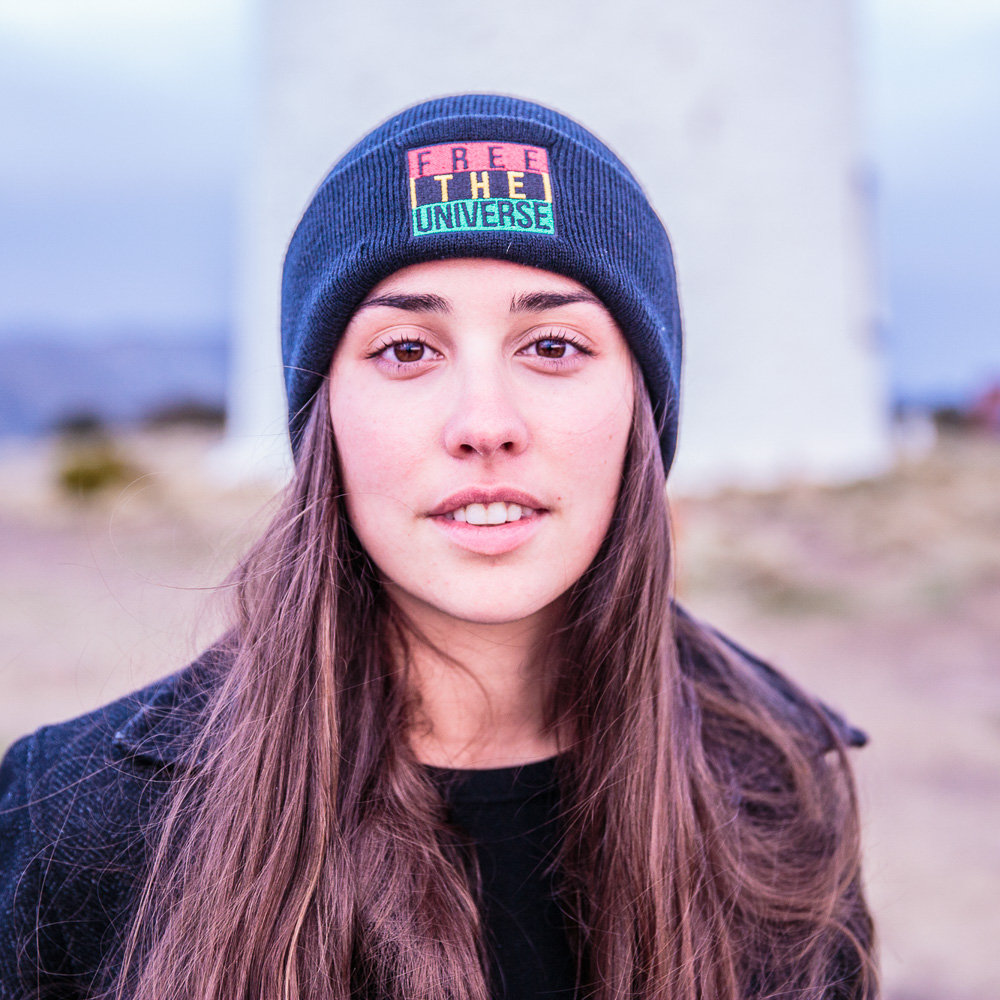



Can't find what you're looking for? Try using these tags: